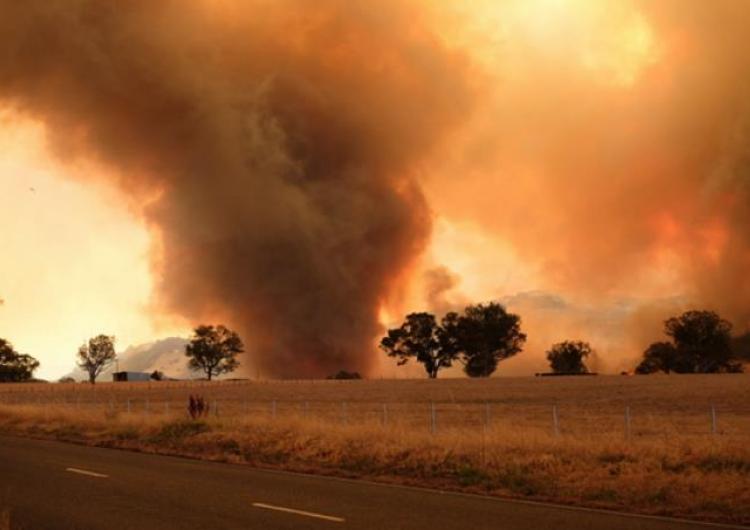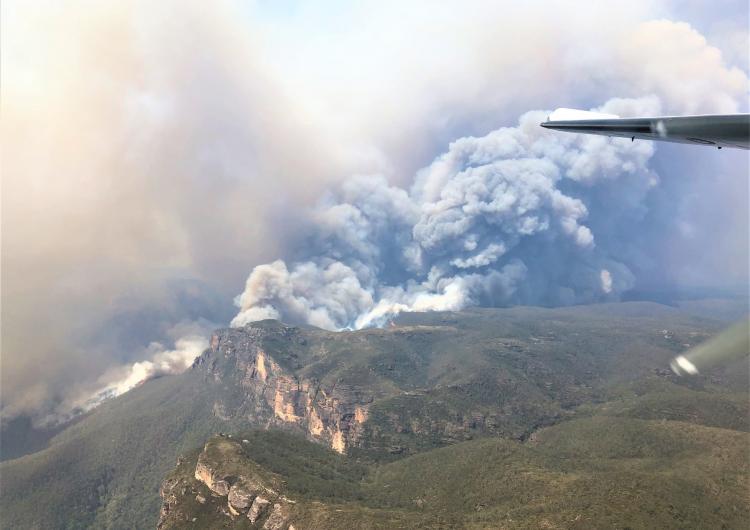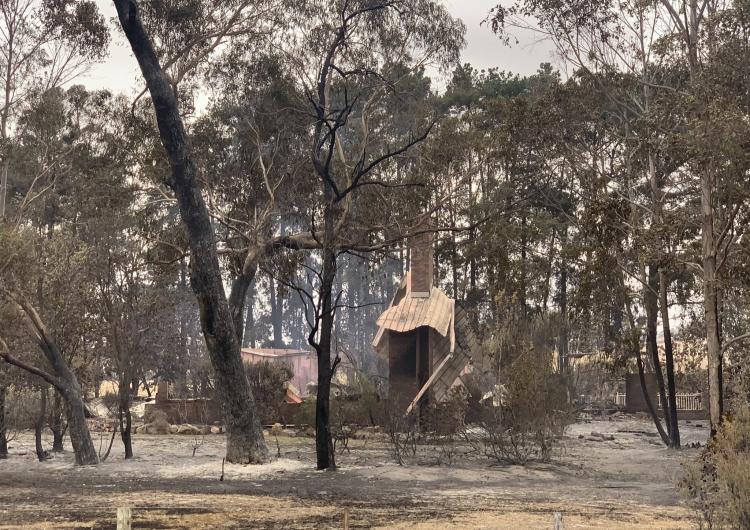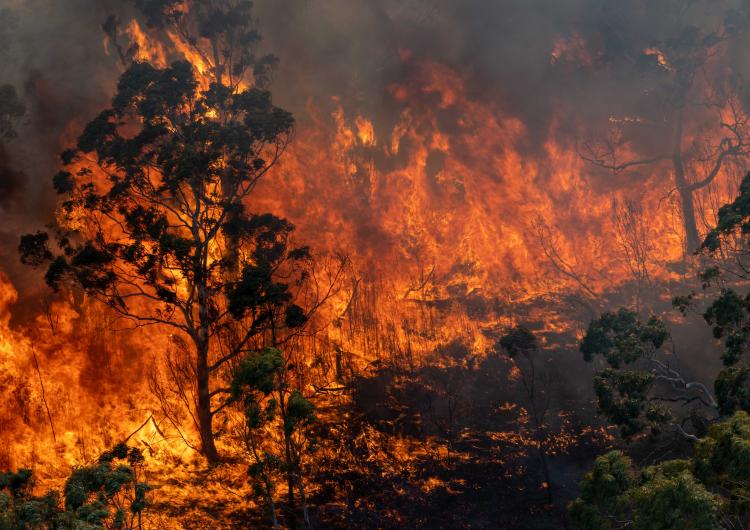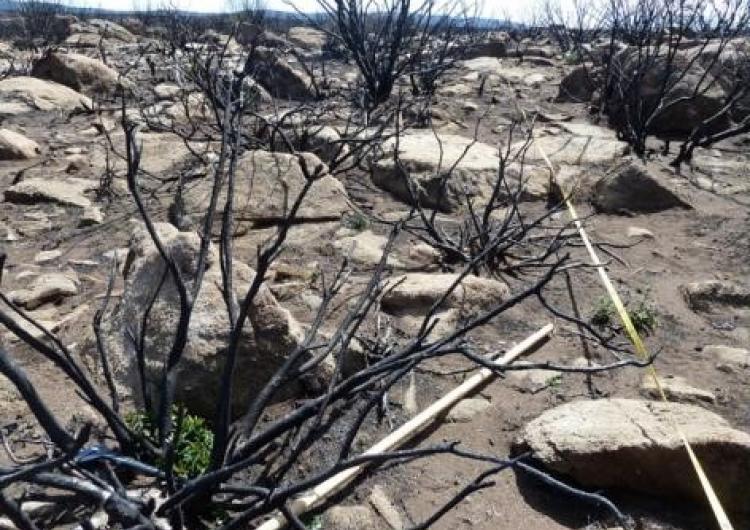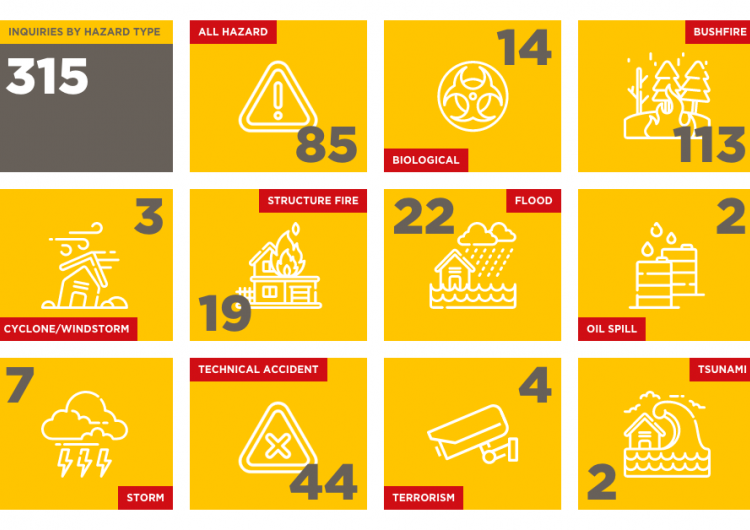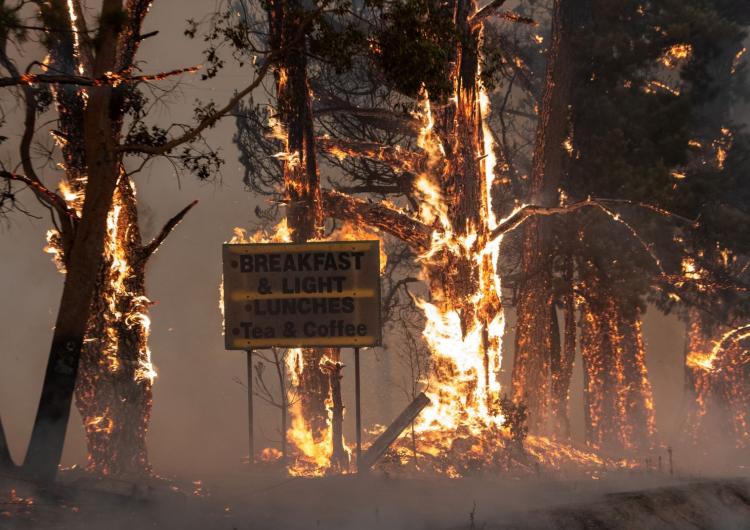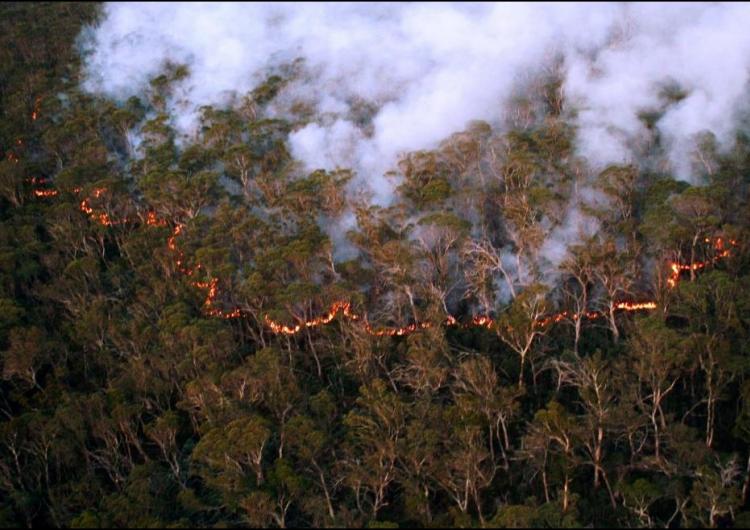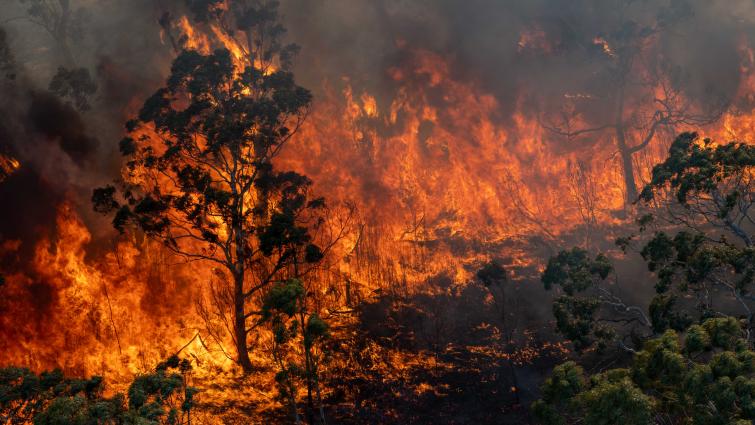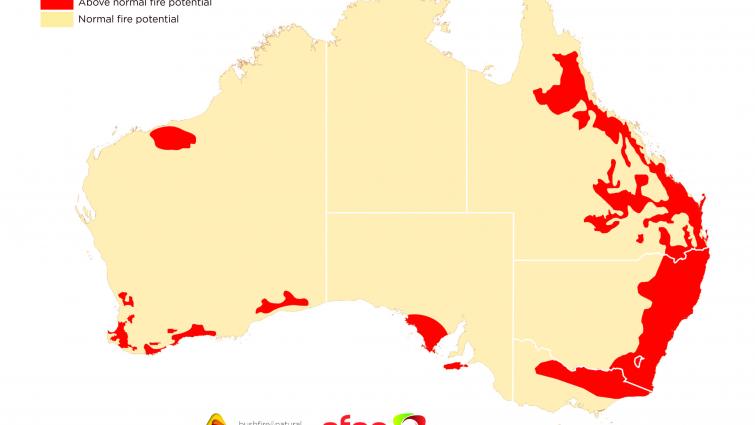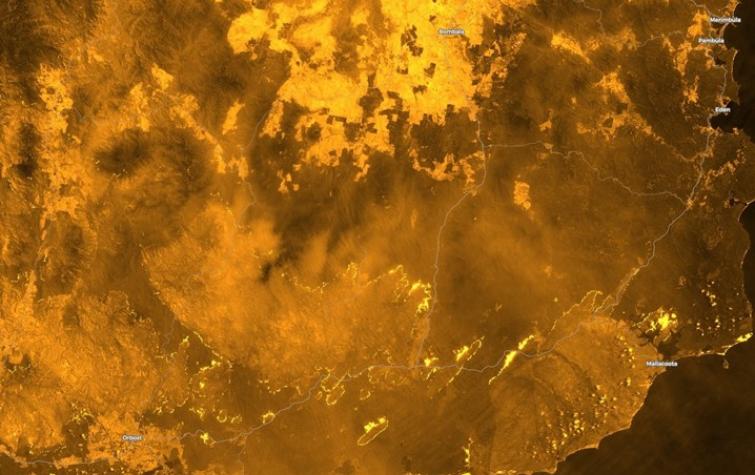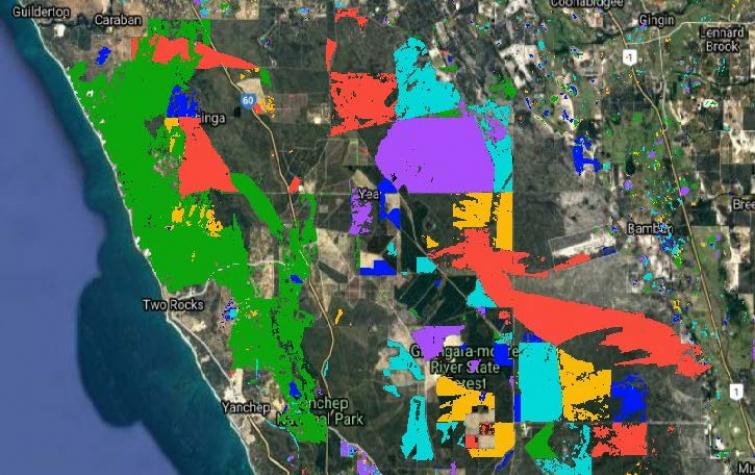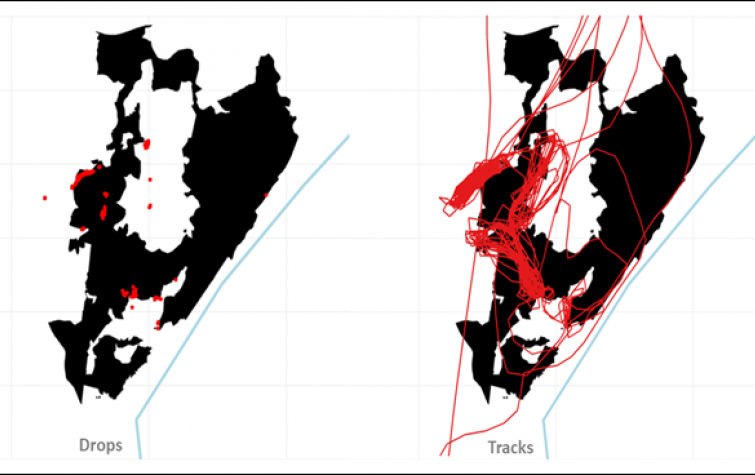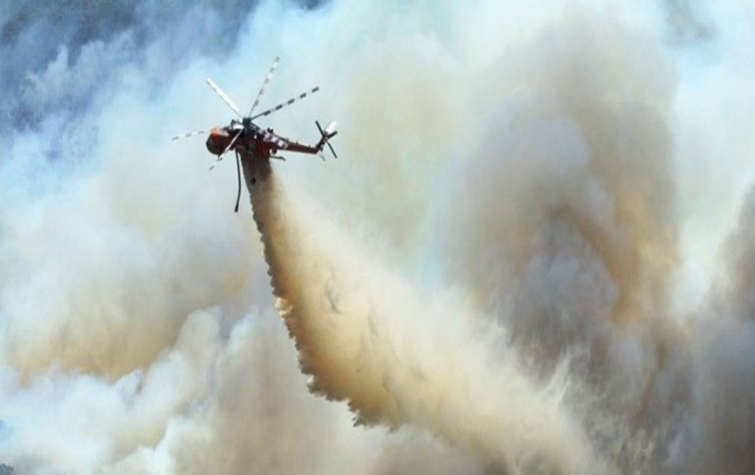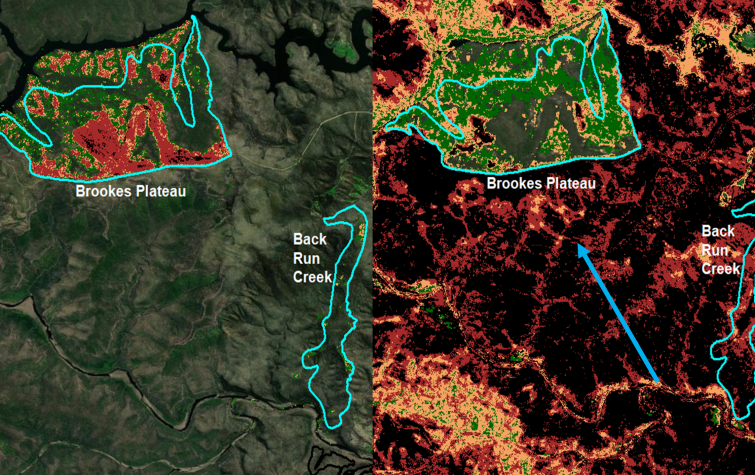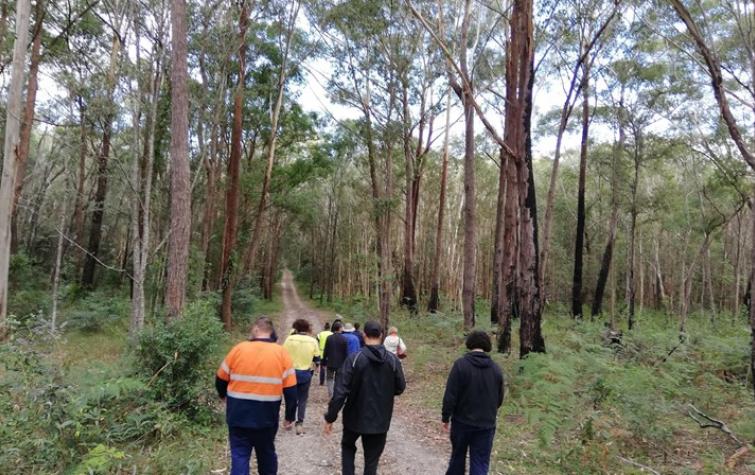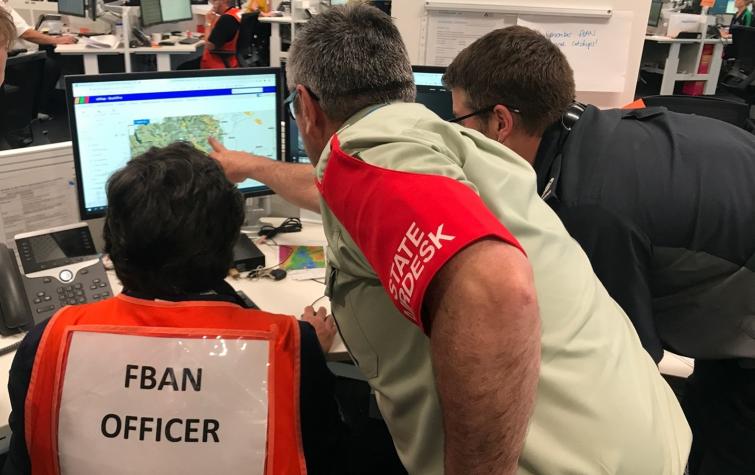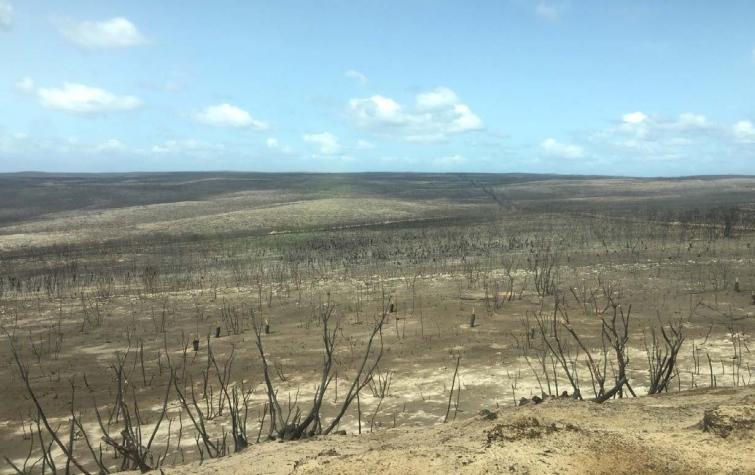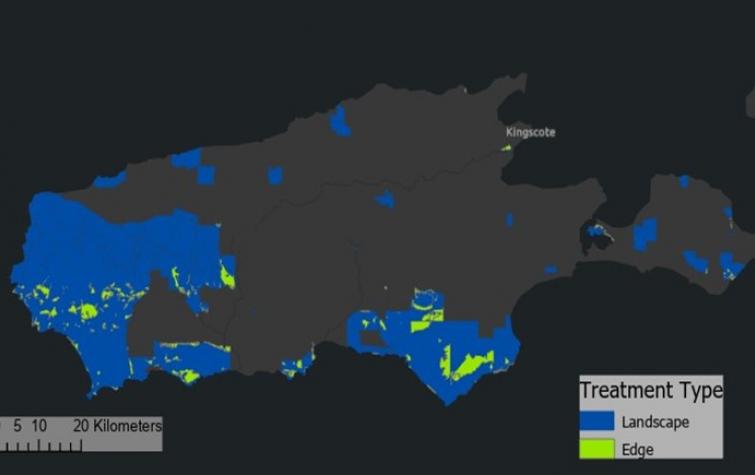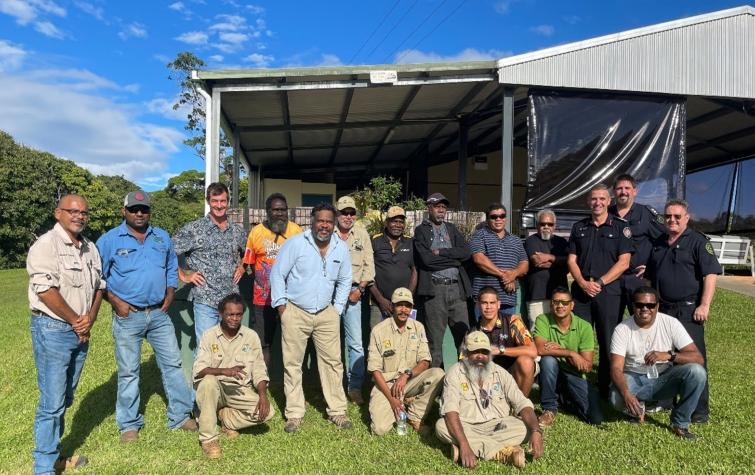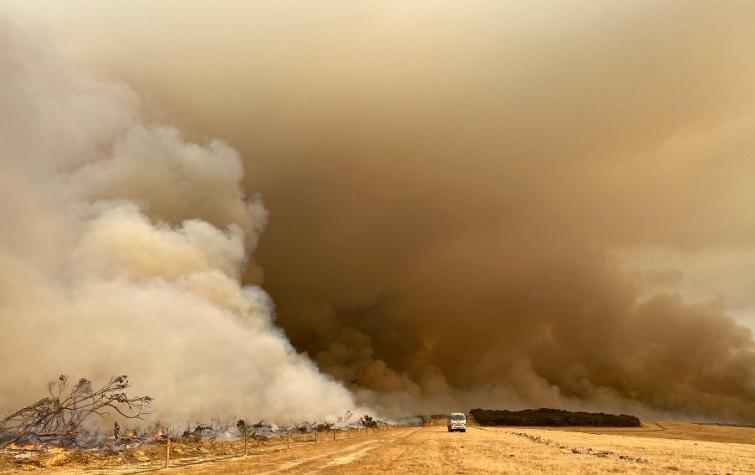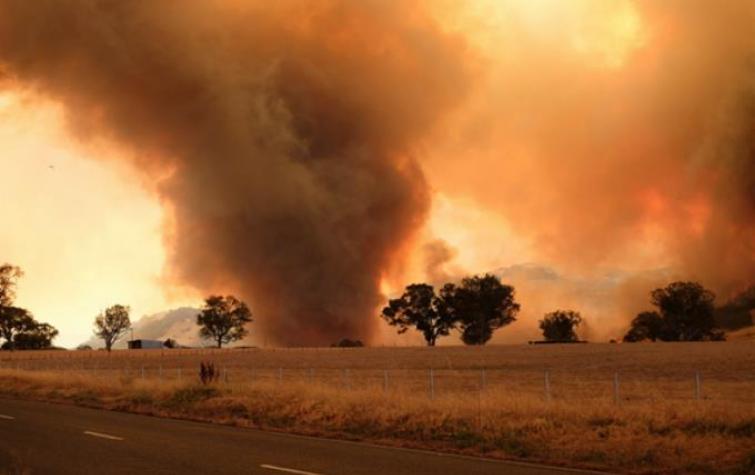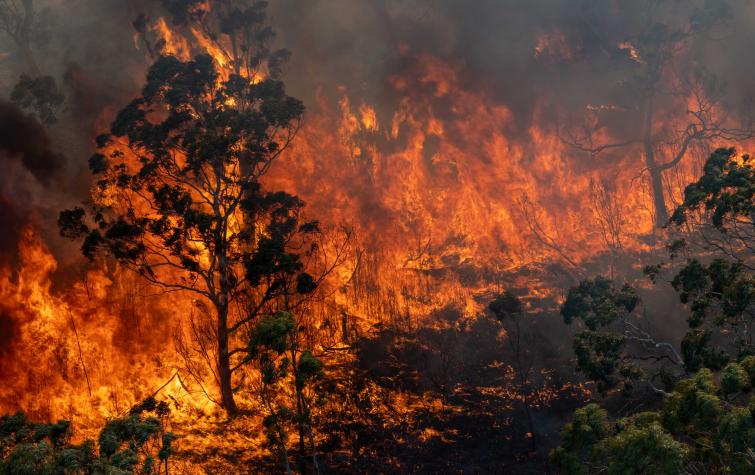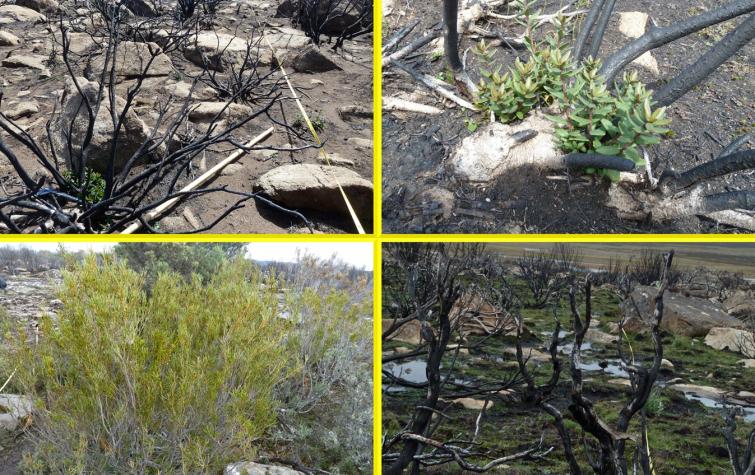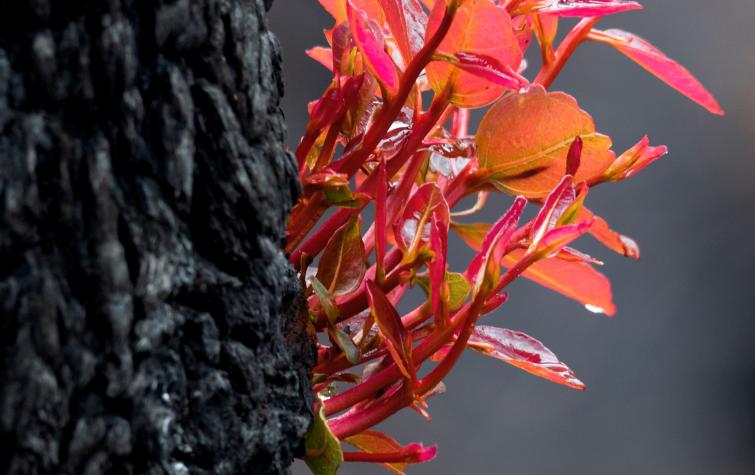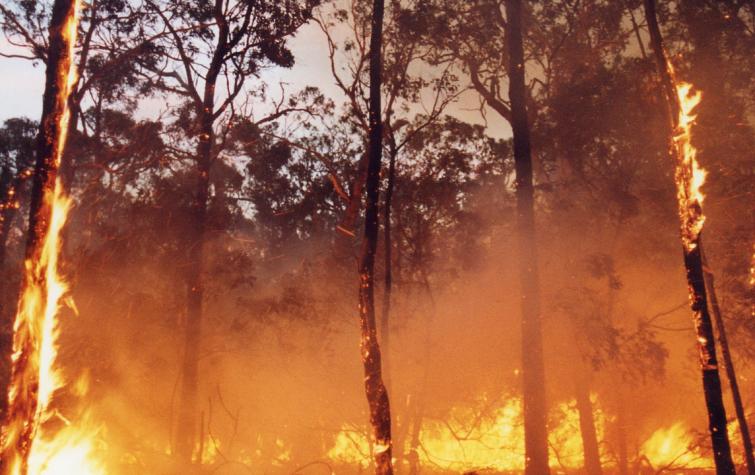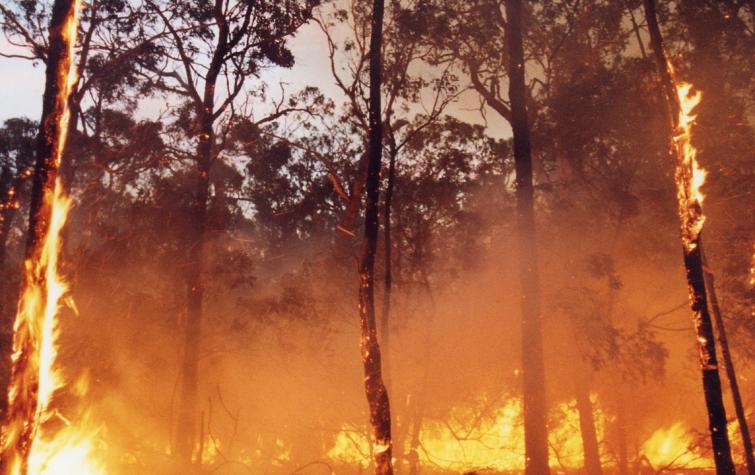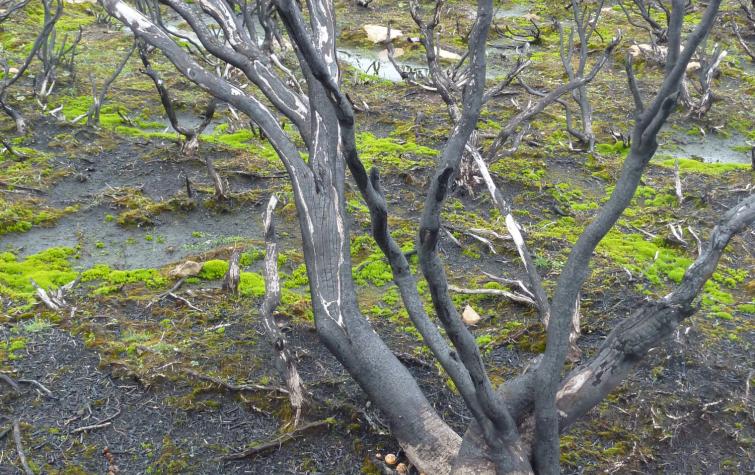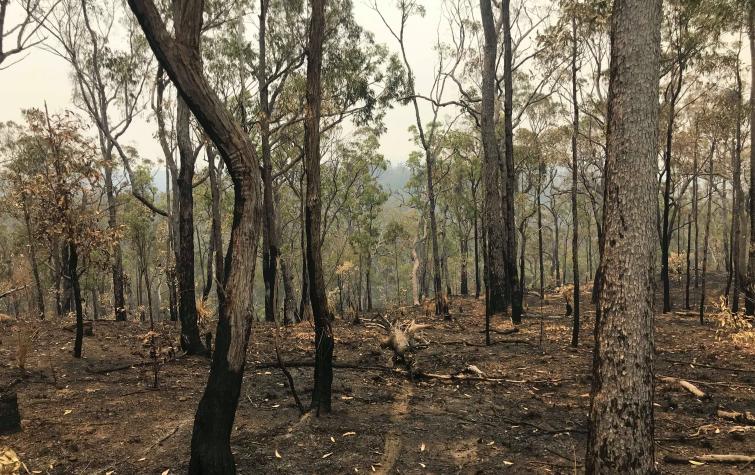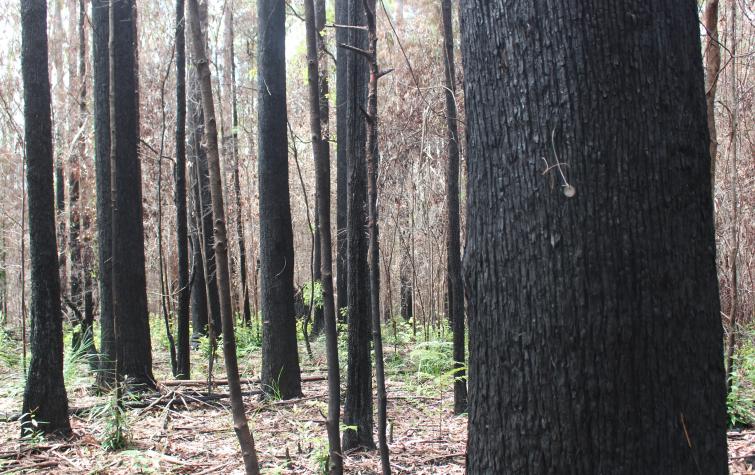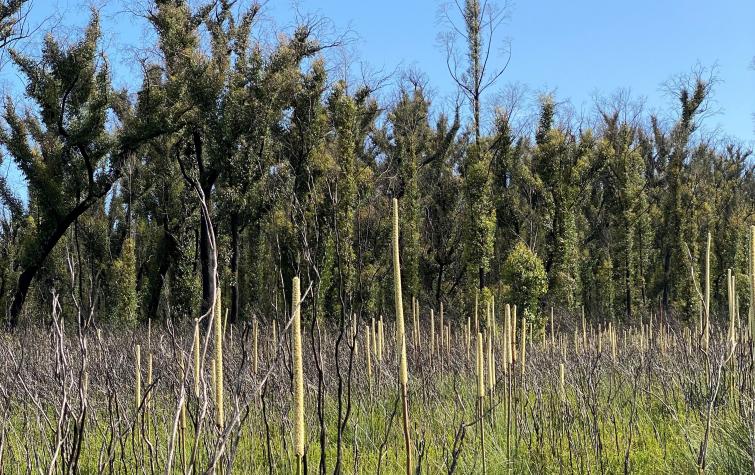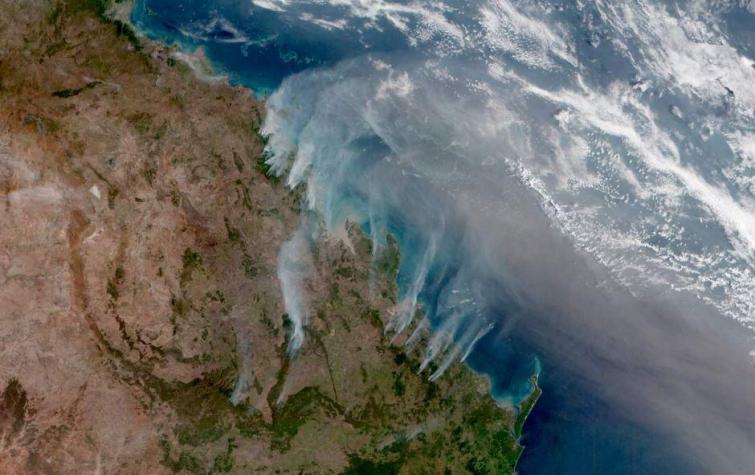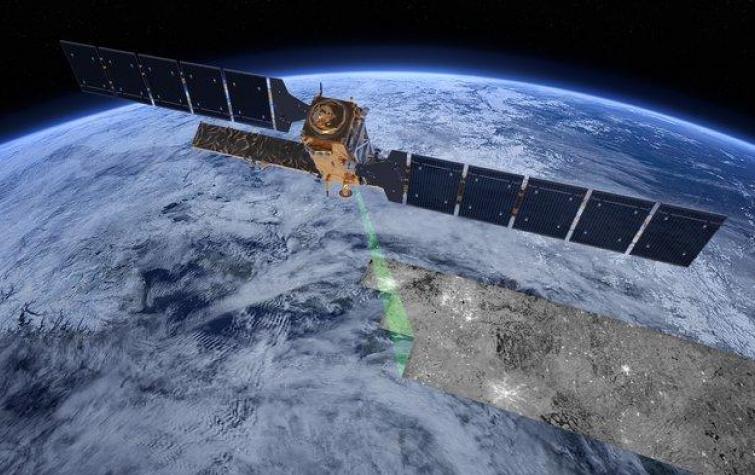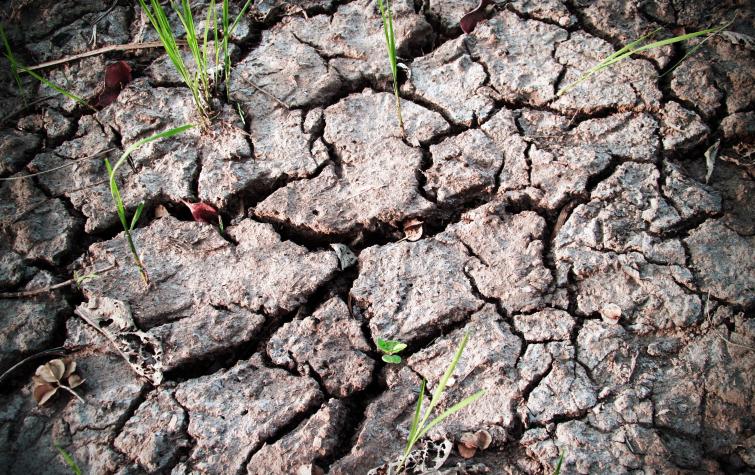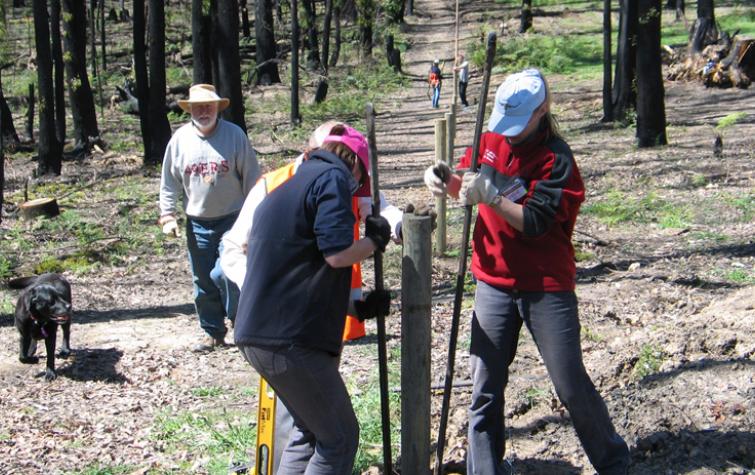
The Bushfire and Natural Hazards CRC was granted Australian Government funding to explore the immediate issues arising from Australia’s devastating 2019/20 Black Summer. Building on existing knowledge developed through CRC research, the Black Summer suite of projects covers three themes – understanding the extreme fire behaviour and what contributed to it; the integration of cultural land management practices into fire prevention; and community engagement, participation and behaviour.
The projects provide insight, data and knowledge and a basis for further study into what happened during Black Summer. The research will be further developed in the new national centre for natural hazards research.
The research is strongly aligned with the outcomes of several jurisdictional post-fire inquiries and reviews, as well as the Royal Commission into National Natural Disaster Arrangements. All recommendations from these inquiries have been added to the Inquiries and Reviews Database to ensure a richer source of data to learn from.
Online tools
These online tools were developed with CRC research and are designed to be ready for use. The tools here have been curated for this Driving Change theme. See more tools in the other themes.
INQUIRIES AND REVIEWS DATABASE
Search through 315 emergency management inquiries and reviews from across Australia between 1886 and 2020.
The data can be sorted via disaster and inquiry type, date and jurisdiction using a simple table display. For more in-depth analysis, CSV files can be downloaded allowing you to run local queries and reports. The database also contains the full recommendations from 186 inquiries and reviews between 2003 and 2020. A facetted exploration interface enables a filter-search of 4,194 recommendations, allowing effective search and comparison through keywords and themes.
This database can be used for a variety of purposes including:
- To compare equivalent recommendations between inquiries, themes and jurisdictions
- To track inquiries across jurisdiction, year and types
- To download and work with all inquiries and listed recommendations for the particular needs of your organisation
PYROCUMULONIMBUS FIREPOWER THRESHOLD
The Pyrocumulonimbus Firepower Threshold is diagnostic technology that measures the threshold or minimum firepower required for fire-generated thunderstorms to form, essentially assessing the atmospheric potential to support the development of a fire sufficiently large and intense for one of these storms to develop. It helps predict when these storms might occur, so that fire agencies can warn communities and firefighters.
The Pyrocumulonimbus Firepower Threshold is used internally at weather forecasting services, such as the Bureau of Meteorology, as well as fire agencies across the country. For more information about this tool, visit the research project page.
Case studies
CRC research is driving change across communities, government and emergency service agencies, as highlighted by the case studies relevant to each Driving Change theme.
Highlights
This collection is a curation of the best and most recent news articles, Hazard Notes, videos, posters, guides, journal articles and reports relevant to this theme.
News
Resources
Publications
Projects
This selection of user-driven projects allows you to explore the detail of the research. These projects, spanning the eight years of the CRC, are especially relevant to this theme, but may appear within other themes as well.

